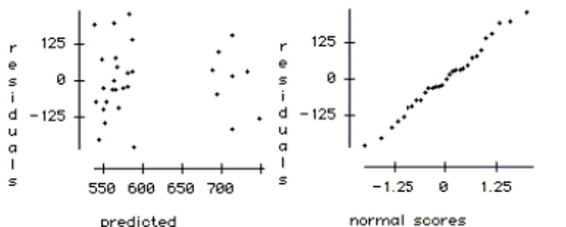The regression below predicts the daily number of skiers who visit a small ski resort based on three explanatory variables.
The data is a random sample of 30 days from the past two ski seasons. The variables are: SKIERS the number of skiers who visit the resort on that day
SNOW the number of inches of snow on the ground
TEMP the high temperature for the day in degrees .
WEEKDAY an indicator variable, weekday , weekend
Dependent variable is Skiers
R squared squared (adjusted)
with degrees of freedom

-If you think that the temperature might affect attendance differently on weekends than on
weekdays, how would you change the regression to test this?
Definitions:
Direct Materials
Raw materials that are directly traceable to the production of a specific good or service and are a significant portion of the production cost.
Standard Quantity
The expected amount of materials or inputs required to produce a unit of product under normal operating conditions.
Direct Materials Quantity Variance
The variance between the real amount of direct materials consumed during manufacturing and the anticipated standard amount.
Standard Materials Quantity
The expected amount of materials that should be used for the production of a certain number of units, as set by a company's standards.
Q3: Define observational study and experiment. Define the
Q15: We wish to compare the average ages
Q18: Five
Q20: The Kappa Iota Sigma Fraternity polled its
Q32: On a test, 85% of the questions
Q38: The following figures give the distribution
Q54: Twenty-four workers were surveyed about how
Q57: Explain how replication would be used in
Q67: An employee at the local ice cream
Q71: What is the probability that a student